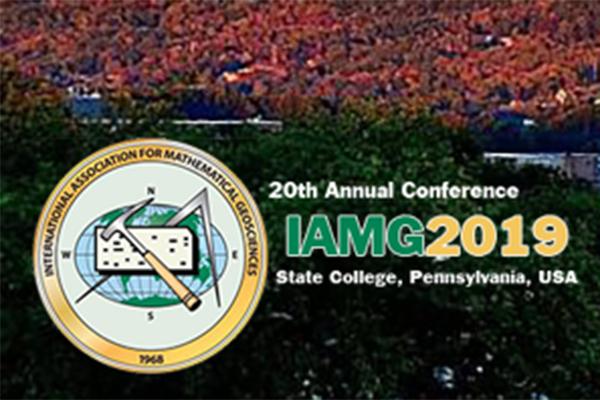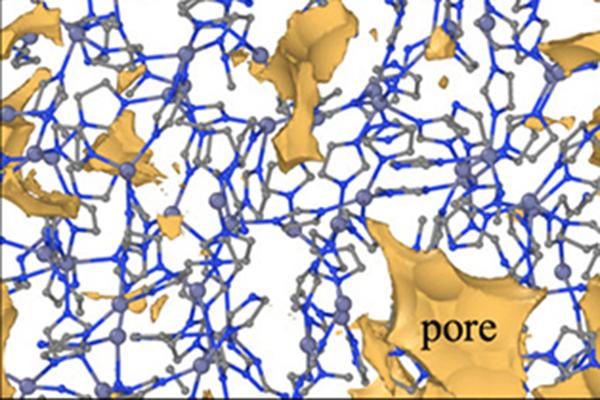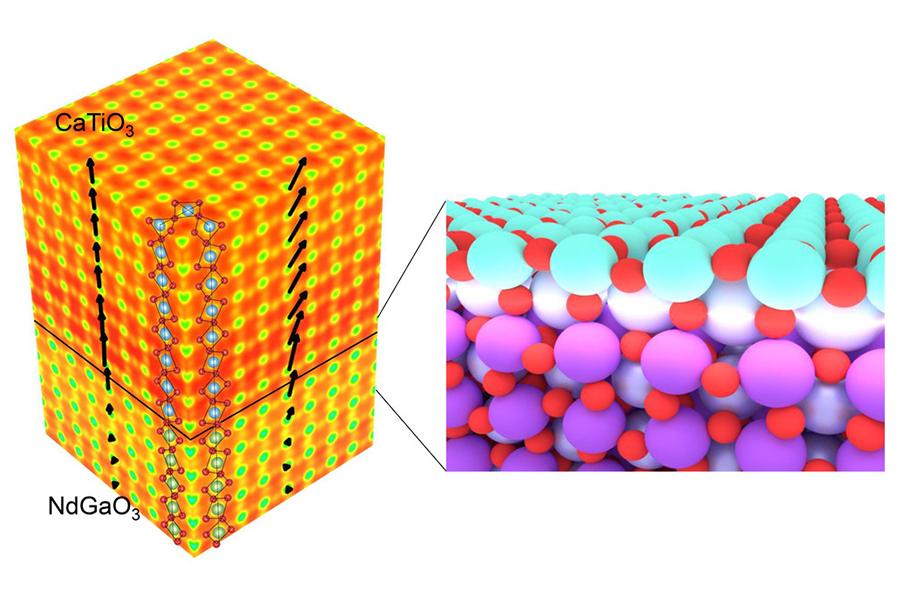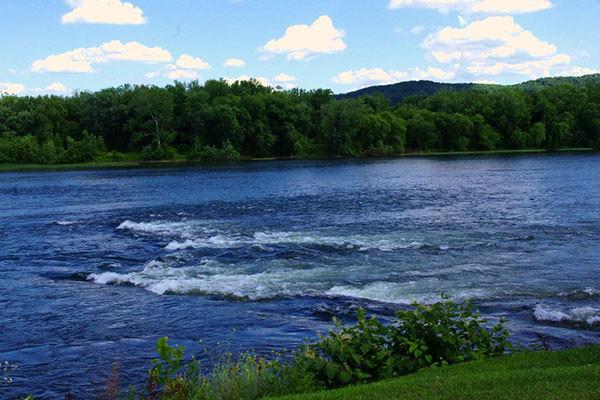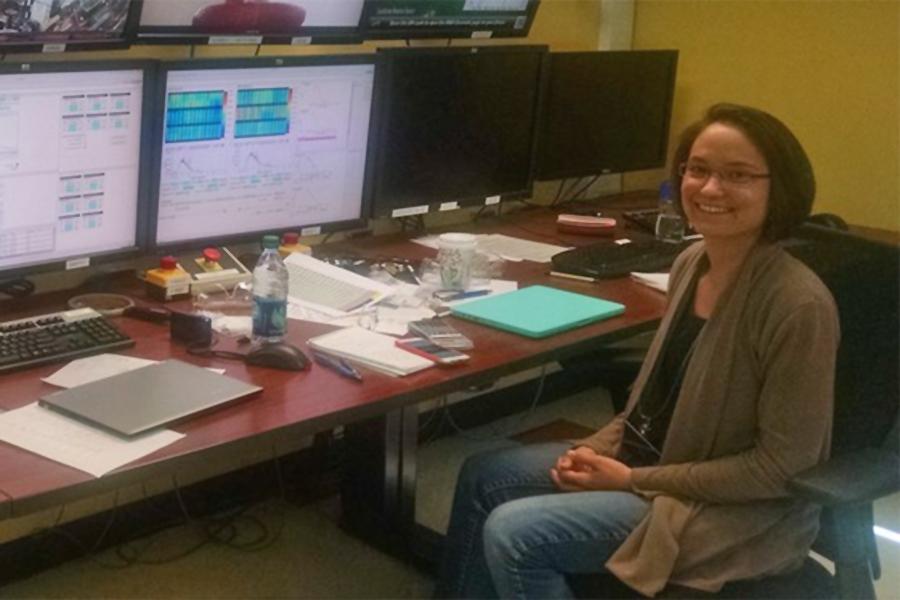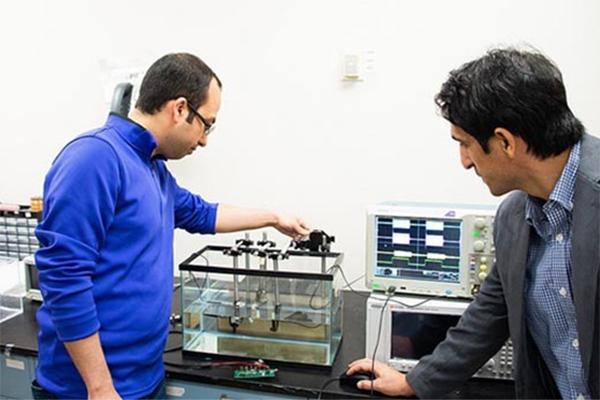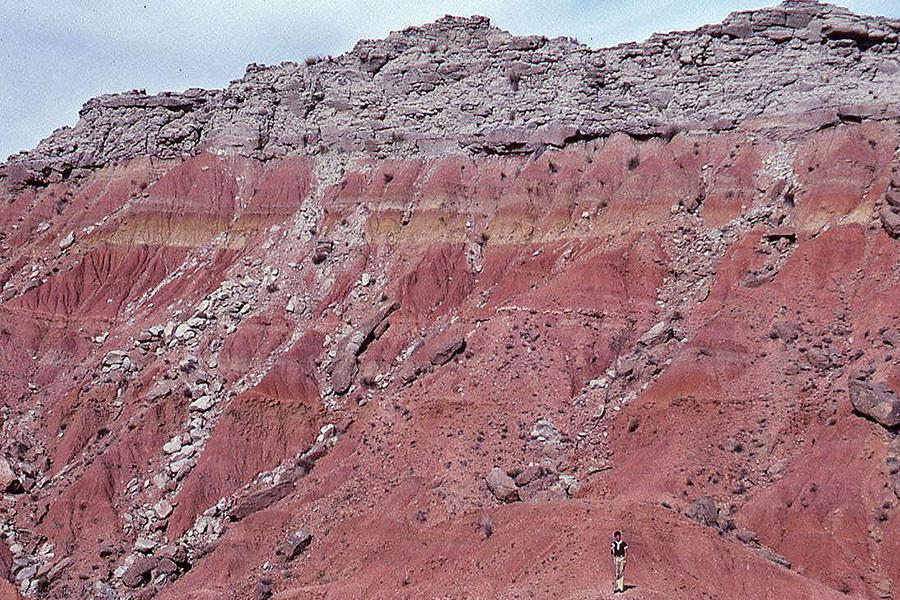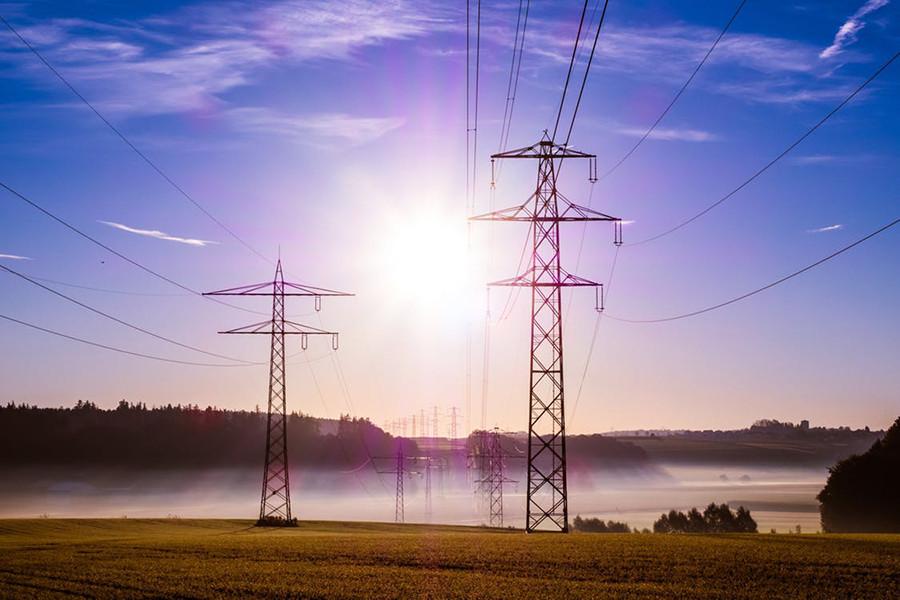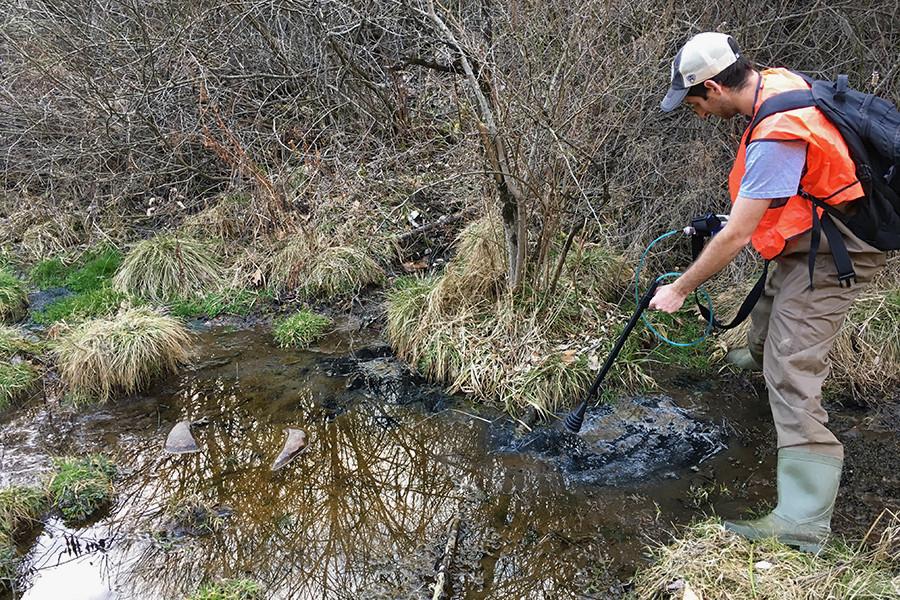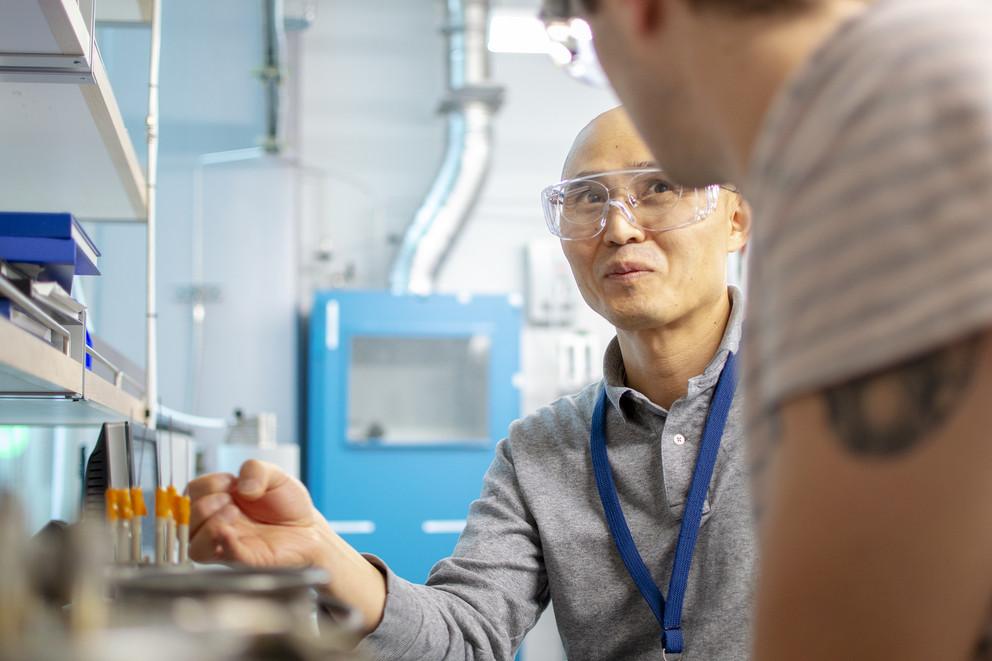Read the latest news about research conducted by investigators in the College of Earth and Mineral Sciences. Our faculty and students are continually advancing technology, creating solutions and expanding knowledge with new and innovative research.
News
The deadline for interested authors to submit abstracts to the 20th Annual Conference of the International Association for Mathematical Geosciences (IAMG) has been extended. Short abstracts will now be due on Friday, Feb. 1.
ZIF glasses, a new family of glass, could combine the transparency of silicate glass with the nonbrittle quality of metallic glass, according to researchers at Penn State and Cambridge University in the U.K.
A team of materials scientists from Penn State, Cornell and Argonne National Laboratory have, for the first time, visualized the 3D atomic and electron density structure of the most complex perovskite crystal structure system decoded to date.
Penn State researchers were among a team of international scientists whose work on a new climate assessment of North America provides a better understanding of the carbon cycle.
An undesirable trait found in traditionally processed superalloys does not exist in a 3D-printed, nickel-based superalloy, according to a team of materials scientists who think this could lead to new manufacturing techniques that allow for alloys with tailored properties.
Existing methods for recording and modulating neurons in the brain are either highly invasive or yield results with low spatiotemporal resolution. Mehdi Kiani, Dorothy Quiggle Assistant Professor of Electrical Engineering at Penn State, is working to change that.
Ancient wildfires played a crucial role in the formation and spread of grasslands like those that now cover large parts of the Earth, according to scientists at Penn State and the Smithsonian National Museum of Natural History.
An intensive public debate is occurring in states with competitive electricity markets about the future of their existing nuclear generation plants. A team of Penn State researchers examined the set of studies that has been used in legislative discussions to provide evidence in support of subsidy programs.
Chemical clues in waters near Marcellus Shale gas wells in rural Pennsylvania can identify new drilling-related sources of methane contamination, according to scientists.
An $800,000 grant from the U.S. Department of Energy will allow Penn State researchers to investigate a new approach for removing rare-earth fission products from the molten salt baths where used nuclear fuel is electro-refined to recycle uranium and minimize nuclear waste.



